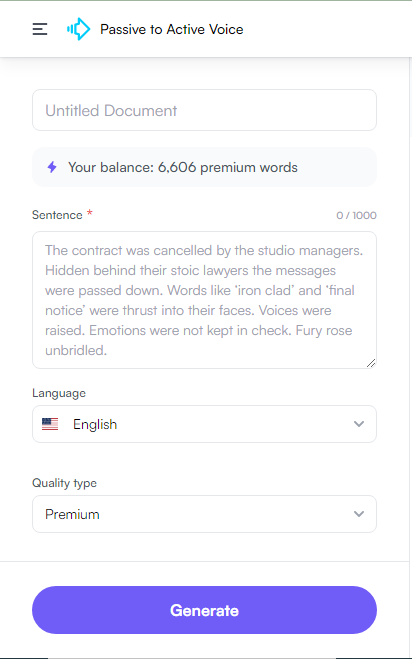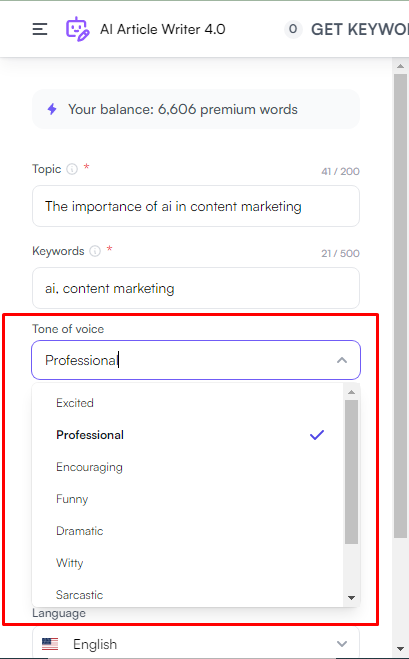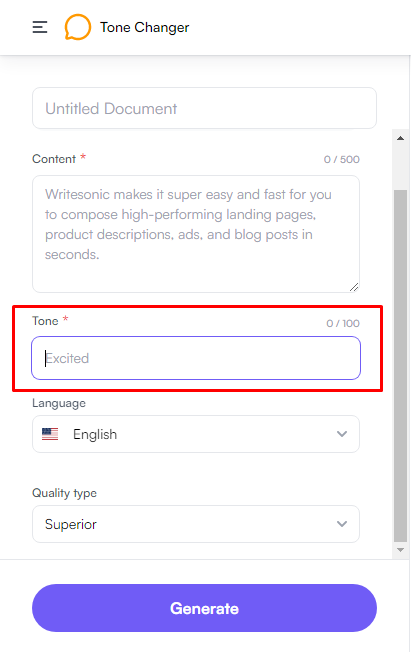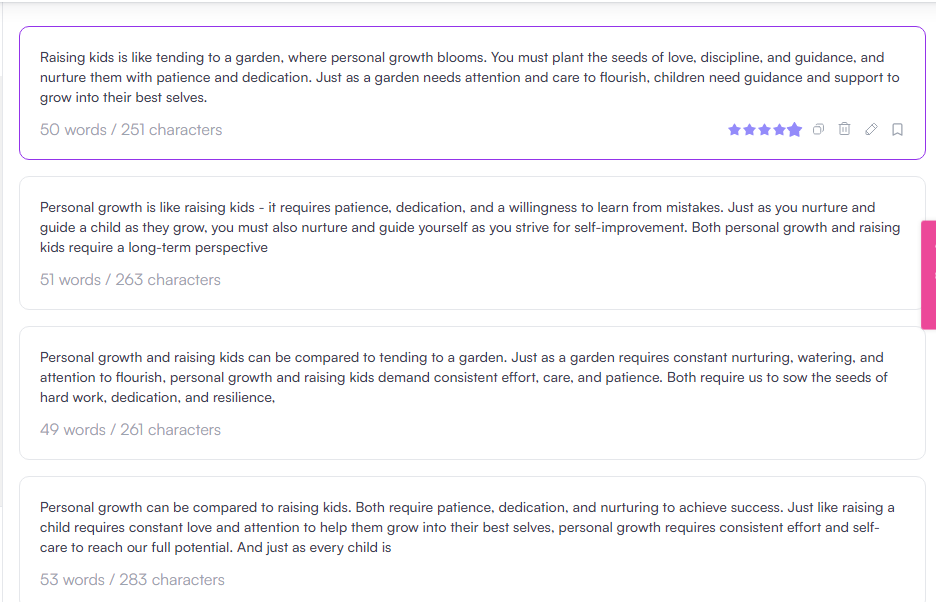I'm a content marketer, so when
AI writing tools went mainstream, I immediately jumped on them. My first was Jasper, and since then, I've tried out pretty much every one you can think of. But right now, my favorite AI writing tool is Writesonic. I'm using it as a writing assistant for a new blog I'm experimenting with, and it saves me hours every week.Time savings isn't the only reason I fancy the tool. In my experience with content generators, most (if not all) of their outputs lack the human touch. You need to edit, fine-tune, and add some creative flair to make the content sound human.
And that's fair—you're a human, and it's not. But Writesonic comes with some built-in features that give its initial output a more human-like touch, so I need to spend less time editing.
How does Writesonic work?
Writesonic works like other AI writing tools: you select the specific template for your use case, give it a set of parameters, and it generates content for you. Writesonic has over 100 writing templates (what it calls "features"). I've used it to generate emails, ads, blog posts, and product descriptions.
In addition to the features I'm about to dig into, Writesonic also stands out for having upgraded its generative AI model to the most advanced version: GPT-4. Most other tools are still running on GPT-3.5, which, in theory, means the content you get from Writesonic will be more reliable and human, as GPT-4 is meant to produce more natural, accurate, and engaging outputs.
With that, here are the three Writesonic features that I feel make my AI-generated content feel more human, even before I get my hands on it.
Passive-to-active voice tool
Take a look at this sentence:
The demand for human writers may be decreased due to the automation of tasks such as content creation and copywriting.
It sounds robotic, right? And it's kind of difficult to follow.
Passive phrases like that ("be decreased") are pretty common with AI content generators, especially when you don't provide clear instructions on tone or style. And while passive voice is sometimes the best choice, too much of it can make things really clunky.
Writesonic's passive-to-active voice tool can rewrite AI-generated passive sentences in the active voice, so they're easier to read. When you log in to your Writesonic account, search for passive to active voice in the search bar. Open the feature, and you'll see a blank page with form fields.

Name your document, input the passive sentences you want to convert to active voice, then select your language and quality type. Click Generate, and Writesonic will rewrite the passive sentences in the active voice.
So, let's quickly rewrite the previous passive sentence. For this example, I'm choosing the Superior quality type (which uses GPT-4). Here's the result.

Much better. And much more human.
Tone changer
We marketers know the importance of our unique brand voice and personality. But conveying that tone of voice (TOV) can be challenging, especially when creating content across multiple channels.
Writesonic's tone changer helps you capture different tones of voice and produce content that matches your brand. AI content generators usually lack personality and empathy—two critical aspects of content marketing—and the tone changer feature helps counteract this.
When using any Writesonic template to generate content, you'll find several options for tone of voice—things like encouraging, dramatic, witty, and sarcastic. Select the one that matches your brand and audience.

After you supply the necessary information for your copy, click Generate, and the tool will produce content that reflects that adjective. The fact that this tone changer lives inside every Writesonic feature helps you maintain consistency in tone when creating content for multiple platforms.
If your existing content doesn't reflect your brand's personality, you can also use Writesonic to change the tone. Search for tone changer on your dashboard, and in the field for tone, type any tone you want Writesonic to convert your content to. Click Generate.

Immediately, the tool will rewrite your content to match the specified tone.
Analogy maker
I'm using analogies a lot in my new blog, and I like to think they make my writing stand out. But coming up with the right analogy every time is tough. So I use Writesonic's analogy maker.
When you open the feature (you can search for it from your dashboard), you'll see form fields similar to those in the tone changer. Enter the statement you want to create an analogy for, then select your language and quality type. Click Generate, and the tool will churn out five creative analogies for you. Some will be terrible, but you might find a gem.
For an article on personal growth, I asked Writesonic to create an analogy about "personal growth and raising kids." Here are the outputs it produced.

I use this mostly for inspiration. Sometimes I combine multiple ones, edit a specific one, or just get a spark from one of the ideas.
Why is it important to humanize AI-generated content?
Now here's the rub. Even though these features improve the quality of content I get from Writesonic, I never treat them as publish-ready content. AI content may look impressive, but on its own, it provides unoriginal, often awkward, and sometimes inaccurate content.
This is bad not only because you won't connect with your audience in a personal and authentic way, but also because it won't please Google. In the latest version of their guidelines, Google makes it clear that auto-generated content that adds no value will be treated as spam—that means SEO penalties, among other things.
Following the September 2022 Helpful Core Update, Strategic Growth Advisor Kevin Indig published a report showing a site—throughtheclutter.com—that was brutally penalized by Google for using AI-generated content without taking extra care to humanize it. The effect was so bad that the website traffic tanked to almost zero from ~1M monthly visitors. And that's just one example. Several marketers on Twitter and LinkedIn have reported similar outcomes with sites that exclusively relied on AI tools for content production.
AI content tools are just that: tools. Their outputs serve as, at best, rough drafts. But if an AI tool does a pretty good job (like Writesonic), it'll drastically cut down your editing time.
Automate your AI content production
Writesonic integrates with WordPress, so if you're creating blog posts like I am, you can publish directly to your blog in one click after editing in the Google Docs-style editor. But if you're creating content for other platforms, you can use Zapier to connect Writesonic to thousands of other apps and put your content production on autopilot. Here are some examples of how to get started.
Zapier is a no-code automation tool that lets you connect your apps into automated workflows, so that every person and every business can move forward at growth speed. Learn more about how it works.
Related reading: